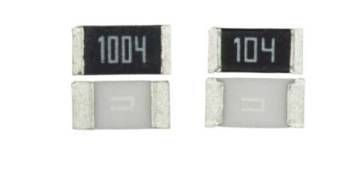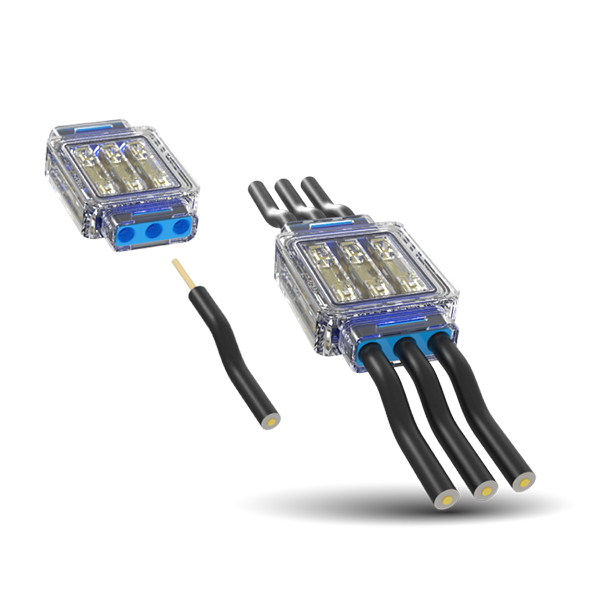
Mixed Signal Devices has unveiled a next-generation clock and timing portfolio to deliver high-performance timing solutions for complex and high-speed computing and communications systems. Two new families, the MS11X0 oscillator and MS15X0 jitter attenuator, provide femtosecond-level jitter, low phase noise, and exceptional thermal stability, with no programmability or power efficiency penalty, according to the company.

MS11X0 oscillator (Source: Mixed Signal Devices)
The MS1130 and MS1150 oscillators and the MS1500 and MS1510 jitter attenuators are optimized for applications such as GPU fabrics in AI servers, 5G fronthaul and mid-haul synchronization, precision radar systems, and high-speed SerDes interfaces.
The challenge is that traditional analog-based timing solutions can’t keep pace with the stability and scalability demands of advanced applications, said Mixed Signal Devices. Current demands include rugged, ultra-low-jitter timing solutions that maintain stability under extreme thermal and voltage conditions while offering seamless programmability and integration.
To meet these challenges, the timing platform is built on 28-nm CMOS technology and the company’s patented Virtual Crystal architecture. Offer a range of integration-ready footprints and factory-configurable outputs, these solutions simplify clock tree design, reduce component counts, and streamline system integration, the company said.
1-GHz and 2-GHz oscillators
The new timing portfolio includes the MS1130 1-GHz and the MS1150 2-GHz oscillators that deliver sub-20 fs jitter, ±20-ppm thermal stability, and programmable configuration in compact CMOS packages. The MS1130 is optimized for 800G networking and AI compute fabrics, while the MS1150 is designed for ultra-low-jitter system clocks and timing cleanup in complex architectures.
The ultra-low-jitter (down to 19 fs RMS) provides clean stable signals for SerDes, memory interfaces, and optical transceivers, and the ±20-ppm thermal stability (–40°C to +105°C) delivers reliable performance in harsh conditions. The compact CMOS package (as small as 2.5 × 2.0 mm) supports easy integration into space-constrained and power-sensitive platforms. Programmable output configuration supports factory-programmed frequency, voltage, and output format for flexible design integration.
1-GHz and 2-GHz jitter attenuators
The MS1500 1-GHz and MS1510 2-GHz jitter attenuators offer femtosecond-level jitter, advanced power supply noise rejection, and robust thermal resilience. The MS1500 supports up to 1-GHz output for PCIe and Ethernet clock cleanup, while the MS1510 performance of 2 GHz targets coherent optics, SerDes links, and advanced AI platforms. The jitter attenuators simplify clock tree architectures and enable cleaner signal performance across increasingly complex platforms.
Key features include ultra-low-jitter performance of 35-fs RMS for the MS1500 and 25 fs RMS (12 kHz–20 MHz) for the MS1510; a programmable timing engine that includes a factory-configured NVM and an adaptive DSP that ensures precision across voltage and temperature variations; and environmental resilience with an operating temperature range of -40°C to 105°C and a high power-supply noise rejection.
A compact 3.2 × 2.5 mm LGA package simplifies layout in dense PCBs. Output formats support LVDS, CML, LVPECL, and HCSL. Low power operation is provided by a single 1.8-V supply with internal regulation.
The MS1130, MS1150, MS1500, and MS1510 clocks are currently sampling. They will be showcased at the IEEE MTT-S International Microwave Symposium (IMS), June 15-20, 2025, in San Francisco.
The post Multi-GHz timing chips overcome analog limitations appeared first on Electronic Products.




